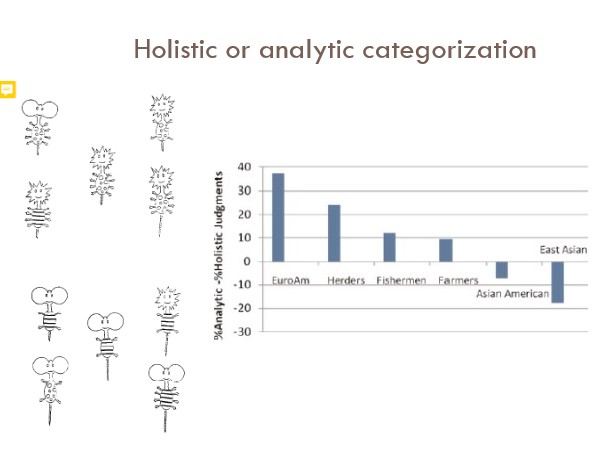Jean-Pierre Thibaut
How Children and Adults Make Sense of the World:
Cognitive and Intercultural Aspects
Jean-Pierre Thibaut

Adults know an infinite number of facts about the world, and children build world knowledge very fast, even in the case of highly formalized conceptual domains such as mathematics, physics, or morpho-syntax. In these domains, children progressively build or refer to increasingly complex intuitions, that are consistent or not with the experts’ views. Progressively people build a high level of competence in these domains which means that they refer to a set of relevant domain-specific formal devices. For example, in mathematics, if one understands the wording of an arithmetic word problem, he/she should be able to use the relevant algorithm in which the relations between quantities translate the relations between the objects mentioned in the word problem. In scientific fields such as physics, understanding notions such as force and energy suppose that people are able to translate these concepts in terms of object properties and relations between objects in a way that is consistent with the scientific concepts.
In any case, the correct use of the relevant notions, formal devices should not depend on the nature of the objects that are involved in a sentence, or a math or a physics problem. Our main claim is that mathematical solving procedures, or answers regarding physical concepts depend on the nature of the objects involved in a problem: it seems that after all, how we count depends on what we count.
Research reveals important inter-individual accuracy differences in their use of these formal principles, both developmentally and in adults. Let’s illustrate briefly with two examples. Megalakaki and Thibaut (2016) [studied the differentiation of the force and energy concepts for animates and inanimates, with children aged 10-17, with simple situations that participants had to explain. They showed that younger students made no distinction between the two concepts for inanimate objects. Or they considered force and energy as intrinsic properties of the objects, related to their height and weight. They also attributed both concepts to animates, much less to inanimates. With age, these conceptions remained unchanged for the animate agents, Overall, students looked at energy and force as intrinsic properties, relying on the visible parameters and physical characteristics of the objects and agents.
In math, studies have shown that non-mathematical semantic information related to the entities described in a problem influences lay solvers’ performance. Recent data (Gros, Sander & Thibaut, 2020) show that isomorphic mathematical problems featuring weight quantities or duration quantities did not elicit the same solving procedure. Both types of problems could be solved with the same two procedures. The first was “14-5=9; 5-2=3; 9+3=12), that is a combination of subsets. The second is “14-2=12”, which is based on a relation between other quantities available in the problem. Interestingly, despite the mathematical equivalence between the problems, participants use the first solving procedure for subset problems, and used the second solving procedure for the duration problems. We interpreted this difference in terms of the nature of the quantities, subsets or durations. In another example, Thibaut (2023) showed that depending on the objects, both children and adults chose a different solving procedure, either development (e.g., (12 x 3) + (12 x 5)) or factorization (12 x (3 + 5)), when the problems were, respectively, to compute a total number of sausages and tulips (development) or of tulips and roses (factorization). The bias was even stronger in adults.

Differences also occur between cultures in terms of processing simple or complex objects or situations. For example, it has been shown that the well-known Mueller-Lyer perceptual illusion is more pronounced in western countries than in some sub-Saharan countries. The way we approach categorization also seems to be influenced by cultural differences. For example, in categorization tasks, westerners rely more on simple, single-attribute rules when they are available rather than on family resemblance, that is when several features are generally true of most category members without being necessary or sufficient. The latter mode of categorization is preferred in some Asian countries. The same difference between Asian and western countries seems also to hold in the case of analogical reasoning, as a comparison between Hong-Kong participants and American participants shows. It is generally thought that this is due to a broader focus on relations in some cultures and a focus on object properties in western countries.
Overall, comparisons between different age groups, or cultures suggest that participants differ widely in the strategy they follow even in very simple, hence straightforward, situations or in domains that seem to be well formalized and are independent of the object properties used in these situations, such as properties of objects in mathematical problems. 
Jean-Pierre Thibaut is Professor of developmental psychology at the University of Bourgogne, Dijon, France.
Back to Meridian 5.png)

